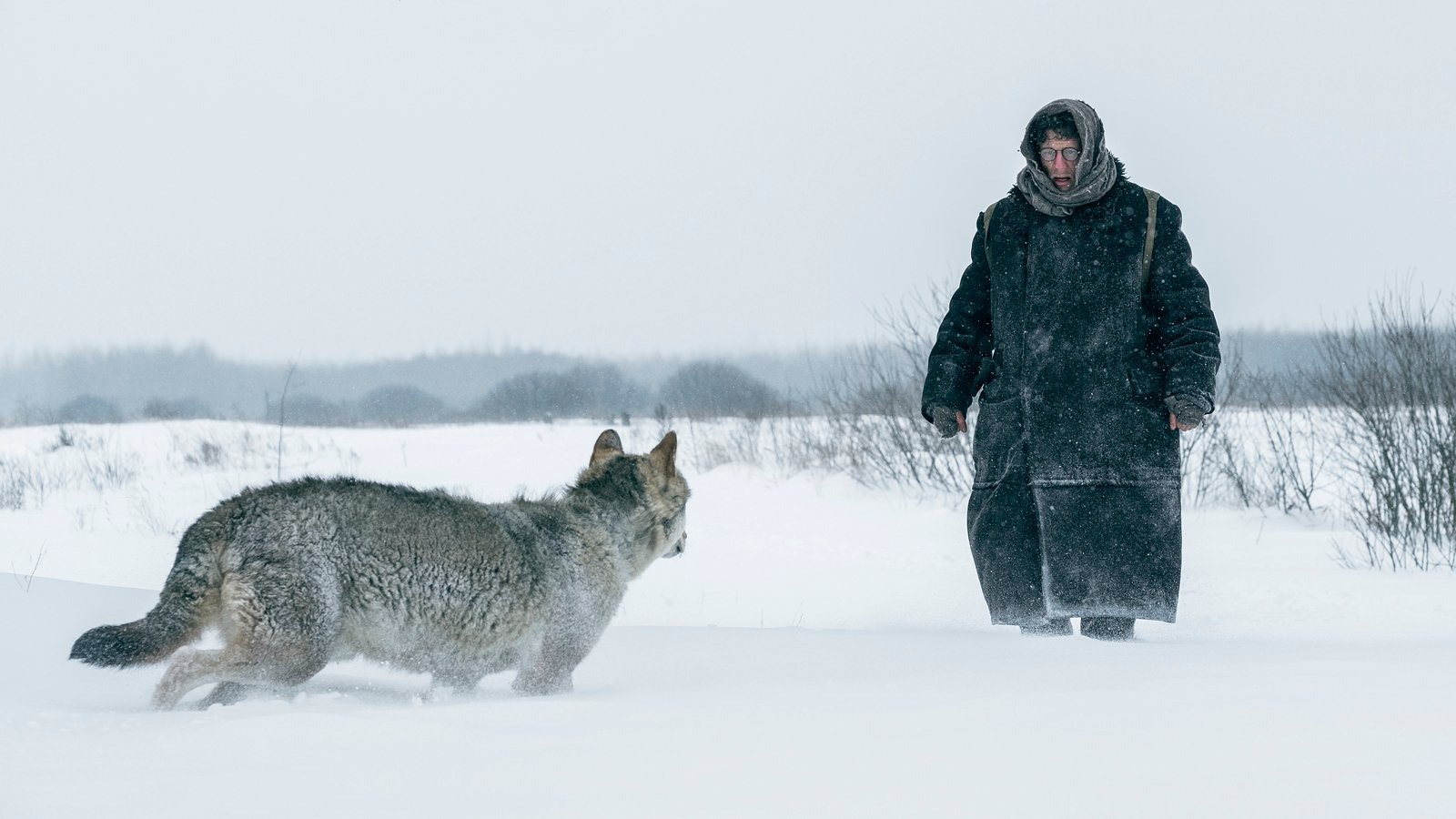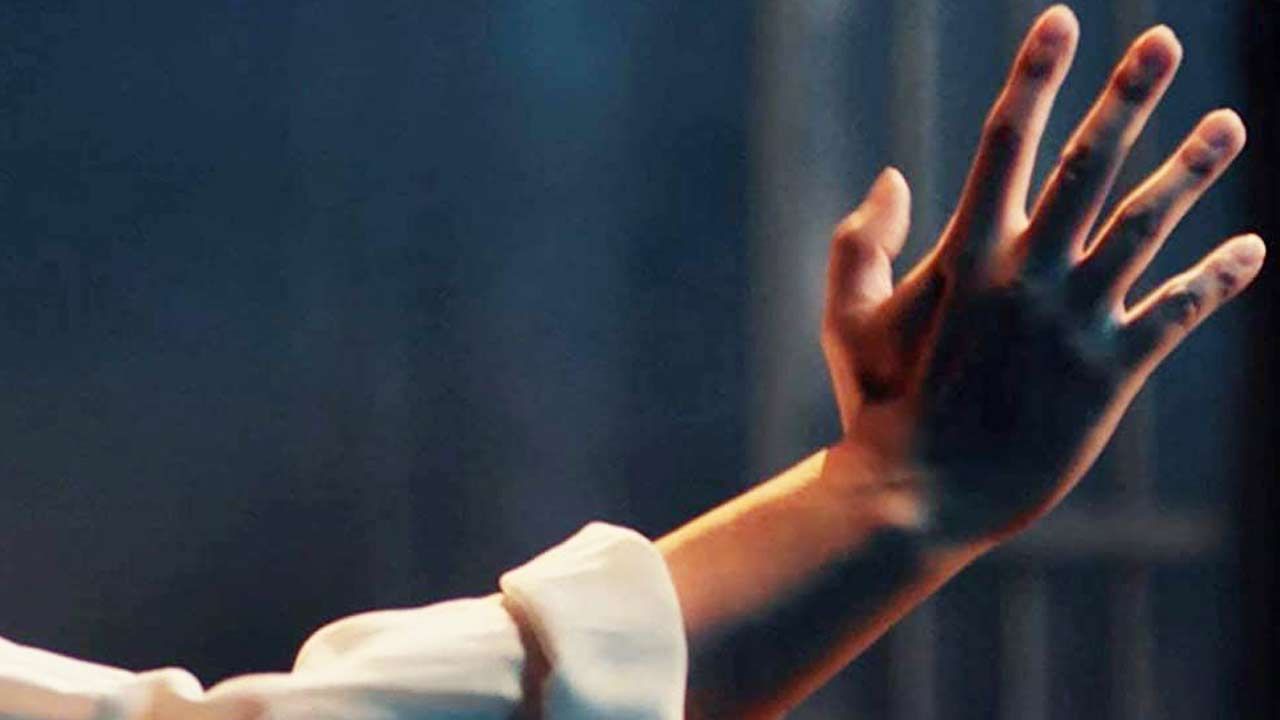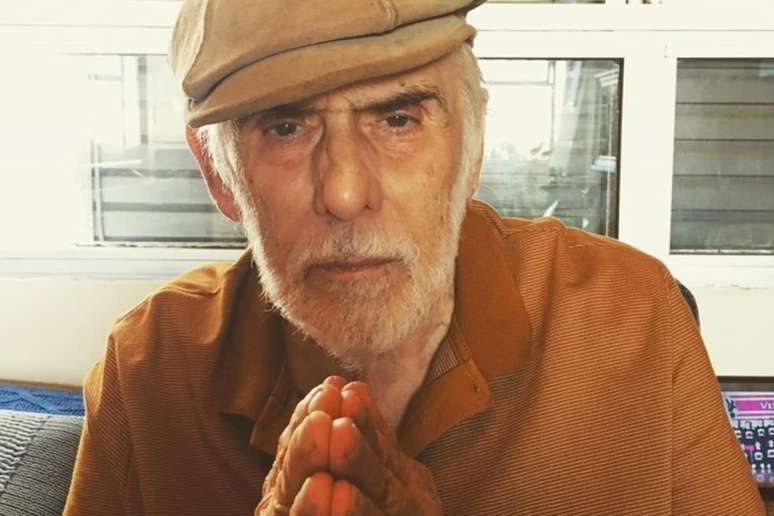Stalin’s Shadow: A Shock of Survival by Agnieszka Holland
Published in June 2020, Stalin’s shadow is a historical thriller that follows the journey of Gareth Jones, advisor to the British Prime Minister and daring journalist played by James Norton. In 1933, driven by the desire to discover the truth, Jones traveled to Moscow with the intention of interviewing Stalin, shortly after becoming the first journalist to interview Hitler.
Upon his arrival, he is immediately confronted by Soviet propaganda and a spy network, and learns of the death of his local contact. His search for the truth takes him to Ukraine, where he is confronted with the harsh reality of the so-called Soviet miracle: a devastating famine hidden from the worldtoday known as Holomodor.
The film, directed by Agnieszka Holland, is divided into three acts. The first shows Jones arriving in Moscow, full of good will but naive, before quickly becoming unwanted due to his relentless pursuit of the truth. His uncovering of the underlying political and journalistic machinations is presented subtly through looks and gestures rather than explanatory dialogues. A design reminiscent of the style of George Orwell, who took inspiration from this drama for his novel Animal farm published in 1945 (the writer, played by Joseph Mawle, is also present in the film).
The second act follows Jones to Ukraine, where he witnesses sharp contrasts between the elites and the starving people. The famine scenes, marked by the director’s raw honesty, they depict the unbearable suffering of the villagers. The reality of the famine and the struggle of Ukrainians against disillusionment and despair are presented with the necessary precision.
In the final act, the film becomes a gripping detective story, revealing why Jones is destined to be forgotten by history (he will be murdered shortly after). However, Agnieszka Holland instills a subtle and fundamental hope, underlining the importance of Jones’ fight for the truth.
Stalin’s shadow it is a tribute to the discreet but powerful gestures that have marked history.
A dark page in history that remained ignored for a long time
The Holodomor, which literally means “extermination by starvation” in Ukrainian, refers to a large-scale famine that struck Soviet Ukraine between 1932 and 1933. This disaster was directly caused by the policies of the Soviet Union under Stalin, particularly his campaign of forced collectivization of agriculture.
Stalin imposed extremely high production quotas on Ukrainian farmers, and the state seized huge quantities of grain and other foods beyond what the farmers could afford, leaving them without enough food to feed themselves and their families. These actions were exacerbated by a series of poor harvests, but the famine was primarily the result of brutal policies and the repression of the Soviet governmentwho refused to admit the existence of the famine and prevented any outside help.
The Holodomor caused the deaths of millions of Ukrainians; estimates vary widely, but some historians suggest so the death toll could be between 3 and 7 million or more. The famine not only caused devastating human losses, but also had a lasting impact on Ukrainian society.
Debate continues among historians and politicians over whether the Holodomor should be considered a genocide. Some argue that Stalin’s actions against Ukraine were specifically aimed at repressing the Ukrainian people and crushing nationalist movements, while others see it as a tragic consequence, but unintentional due to the failed economic policies of the Soviet Union. However, the Holodomor is recognized by Ukraine and a growing number of countries (including France) and international organizations as a genocide against the Ukrainian people.
In December 2022the European Parliament recognized the Holomodor as genocide.
The true story of Gareth Jones
Gareth Jones played a crucial role in revealing the existence of the Holodomor to the outside world. As a Welsh journalist, Jones visited the Soviet Union and managed to travel to Ukraine in 1933, at the height of the famine. During his stay, he observed firsthand the horrors of famine, including deserted villages, starving populations, and cases of mass starvation deaths.
Unlike many Western journalists of the time, who either had no access to Ukraine or chose not to report the truth about the situation out of fear of retaliation or out of ideological sympathy with the Soviet regime, Jones chose to make public what he had seen. Upon his return to the West, and despite threats of retaliation if he spoke outpublished several articles detailing the famine, Stalin’s brutal collectivization policies, and the tragic consequences for the Ukrainian population.
Despite the importance of his testimony, the response from Moscow-based Western correspondents, steeped in Soviet propaganda, was largely negative. These journalists, including Walter Duranty of the New York Times, an outspoken admirer of Stalin and winner of the Pulitzer Prize for his laudatory reports on the USSR, he accused Jones of exaggerating. In the movie Stalin’s shadowDuranty is played by Peter Sarsgaard.
In late 1934, eager to continue his work as a journalist, Gareth Jones set out to document Japanese expansionism by traveling to Japan and China. While in Inner Mongolia, he was kidnapped by bandits who also captured a German doctor who was traveling with him. Although his partner was released, Jones was killed by his captors under mysterious circumstanceswhich could involve the intervention of the NKVD, the political police of the USSR.
Source: Cine Serie
Ray Ortiz is a journalist at Gossipify, known for his coverage of trending news and current events. He is committed to providing readers with accurate and unbiased reporting, and is respected for his ability to keep readers informed on the latest news and issues.









